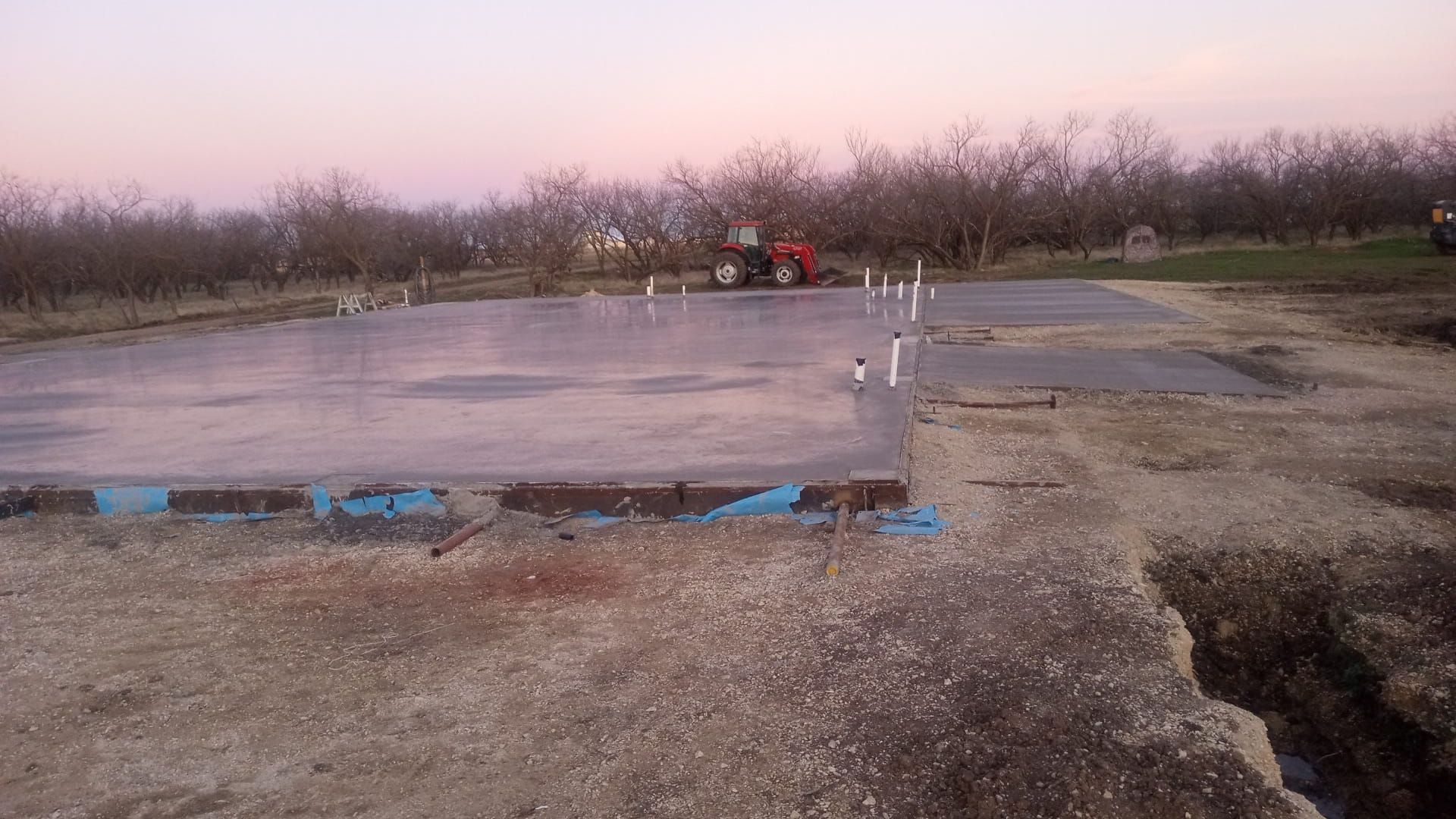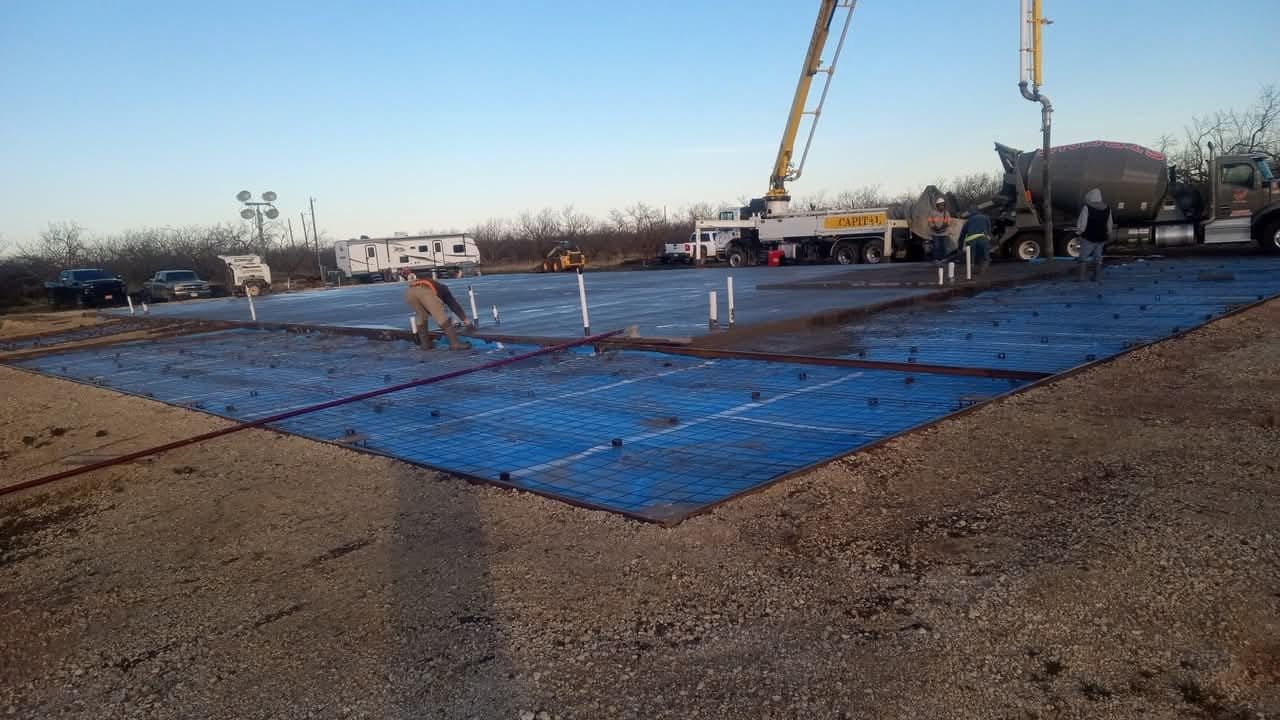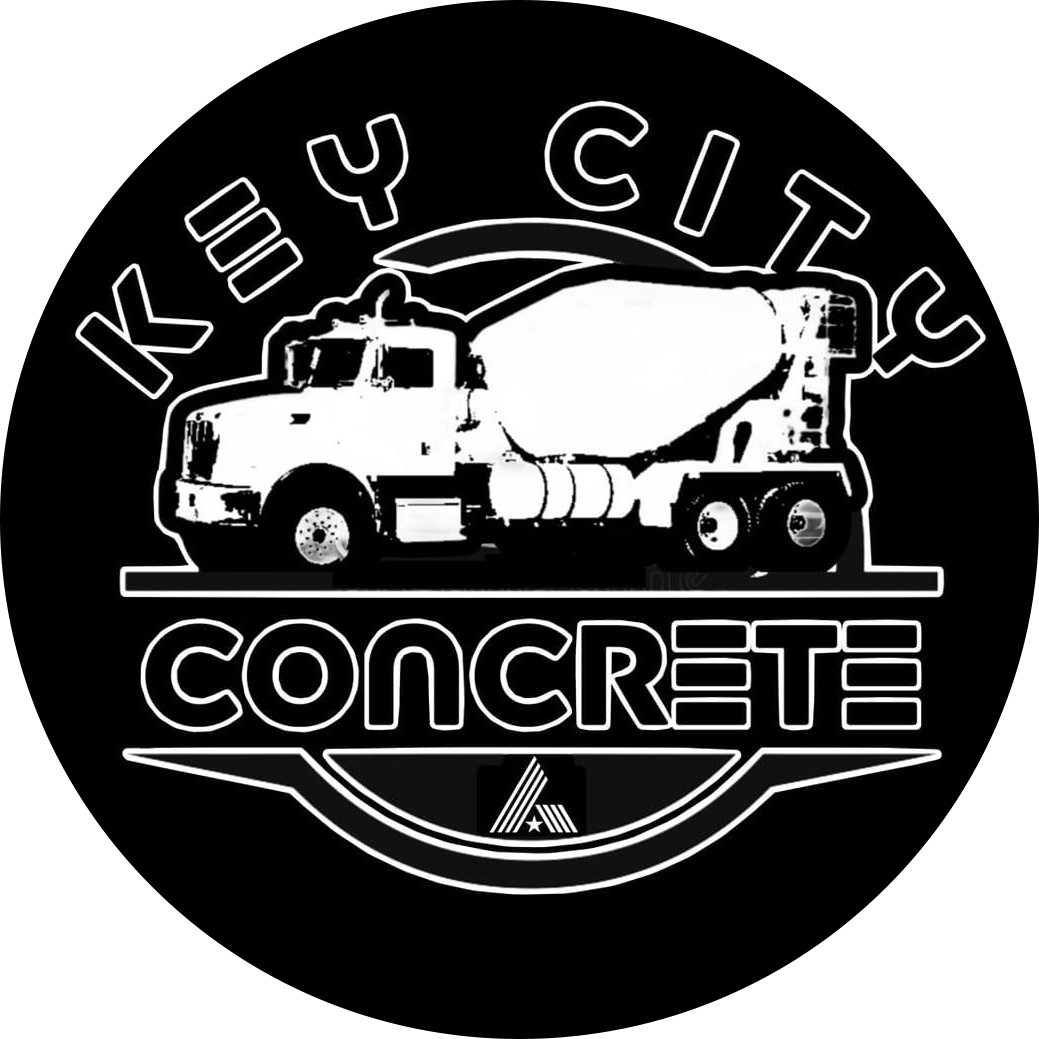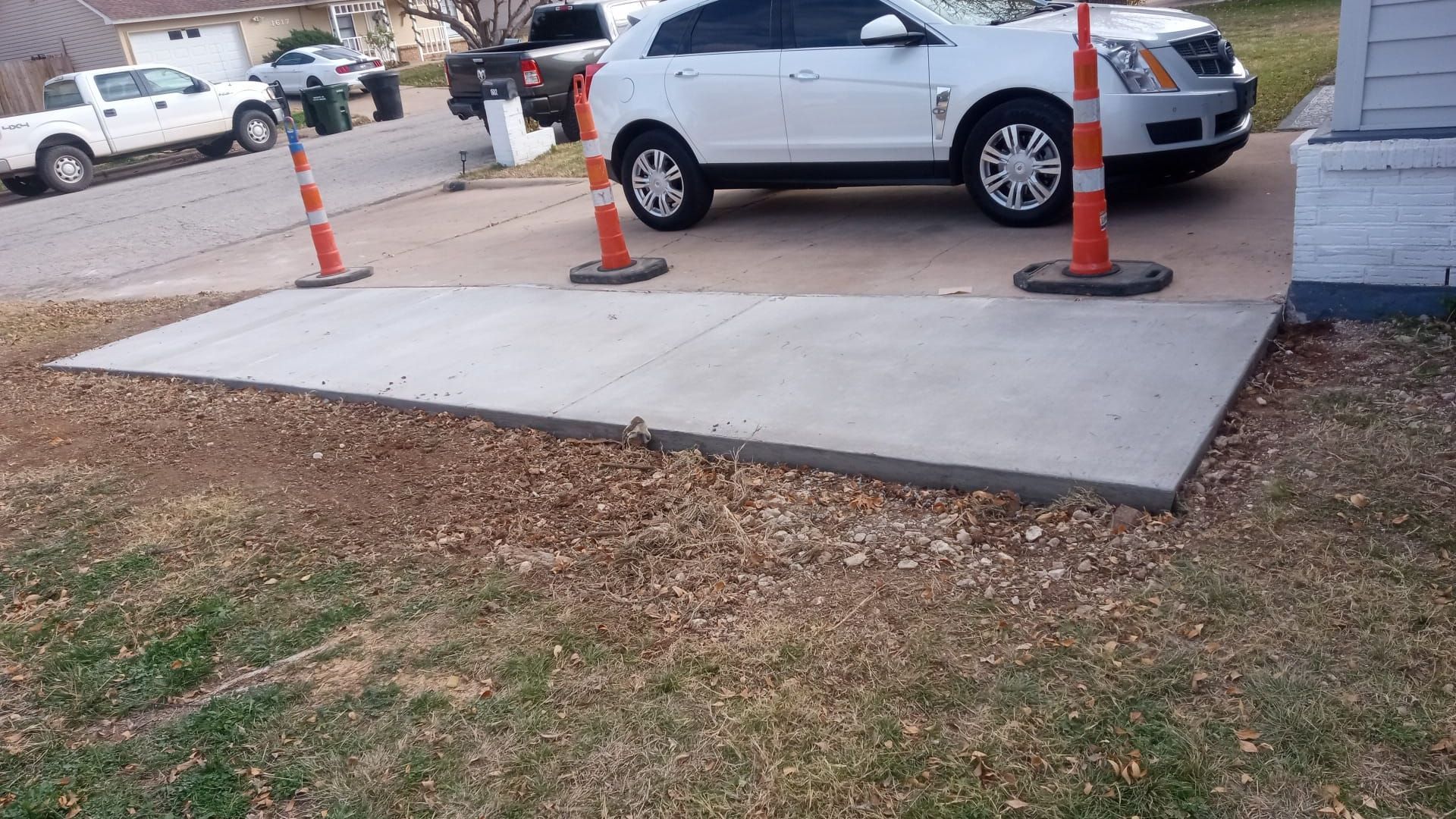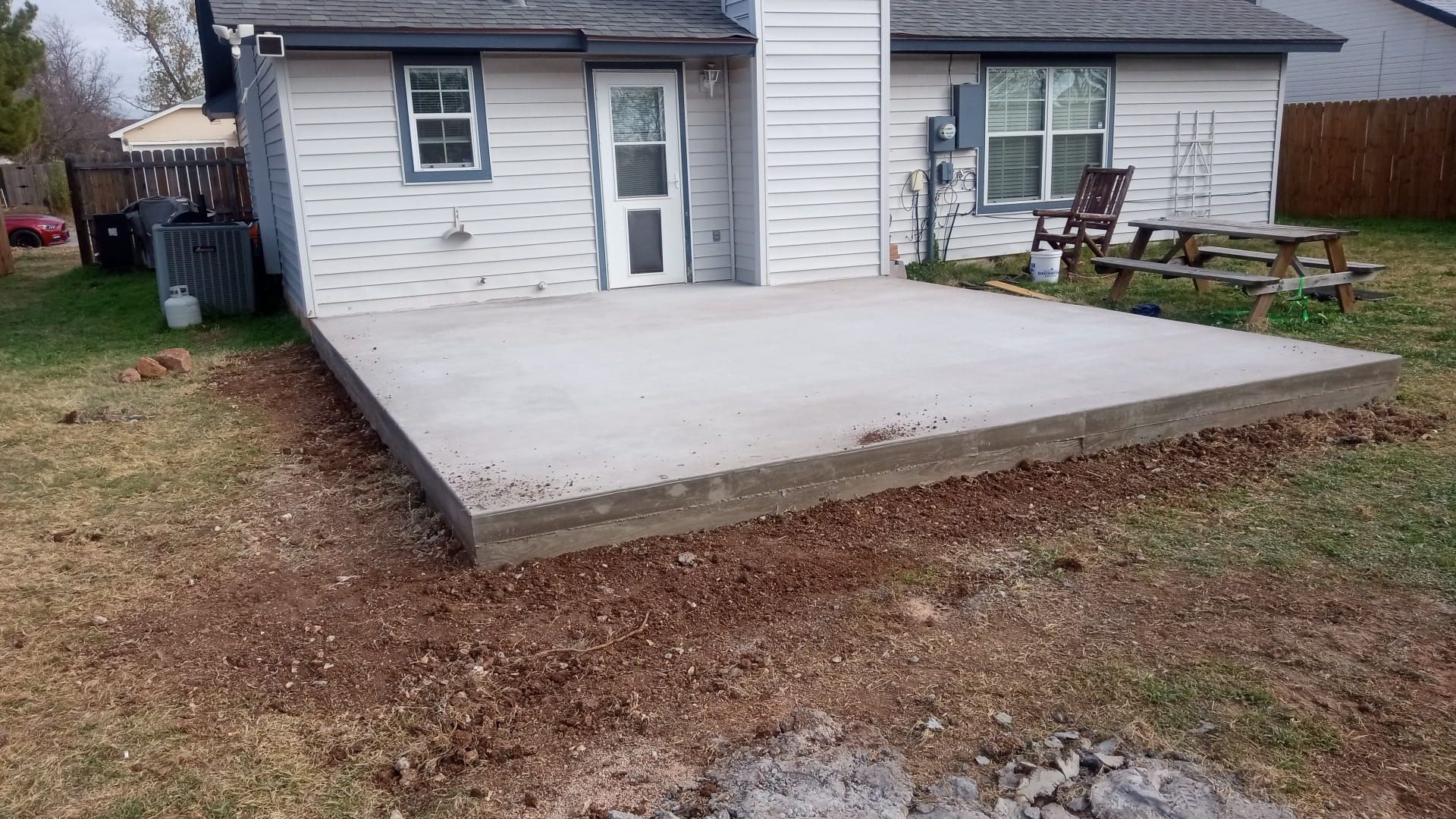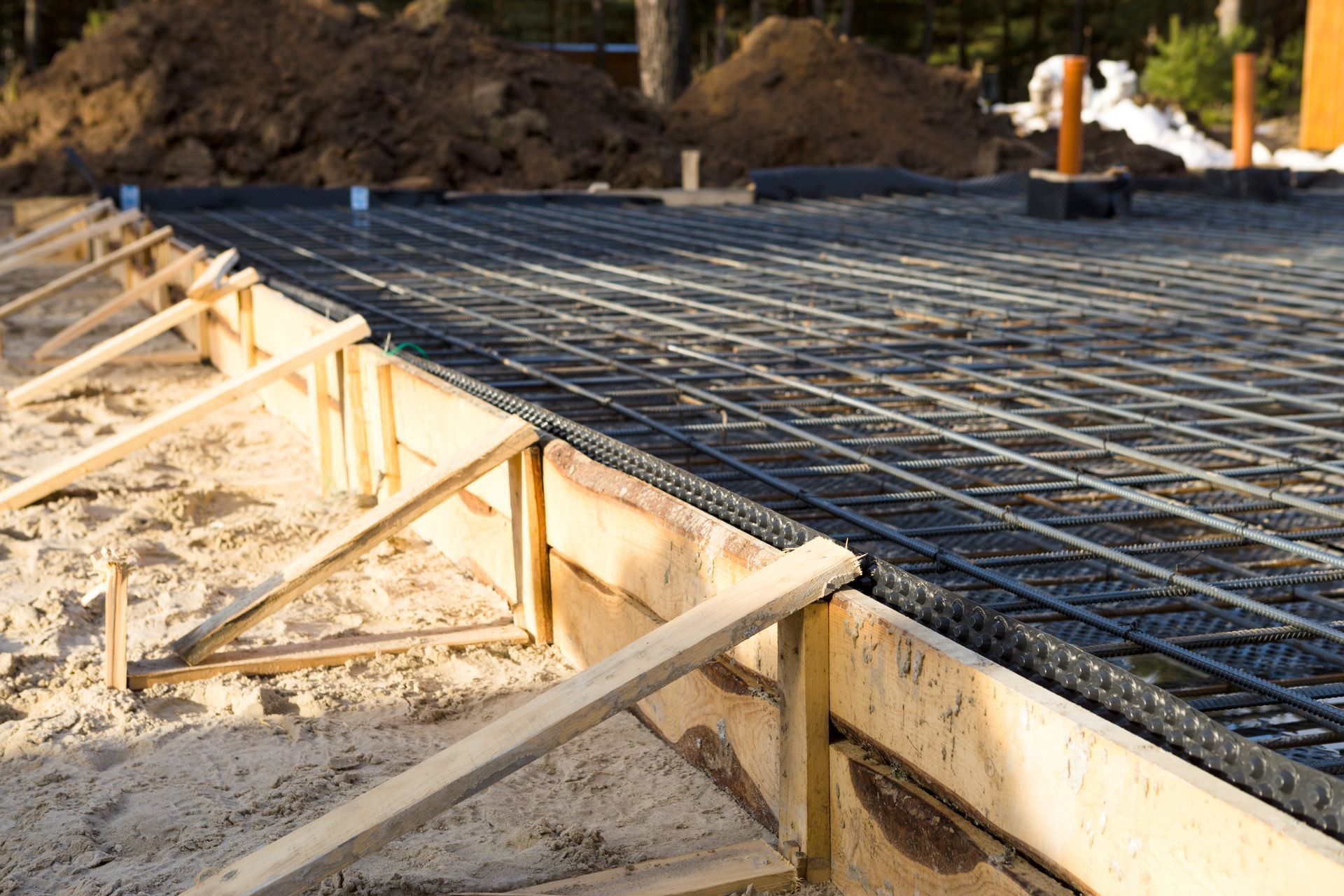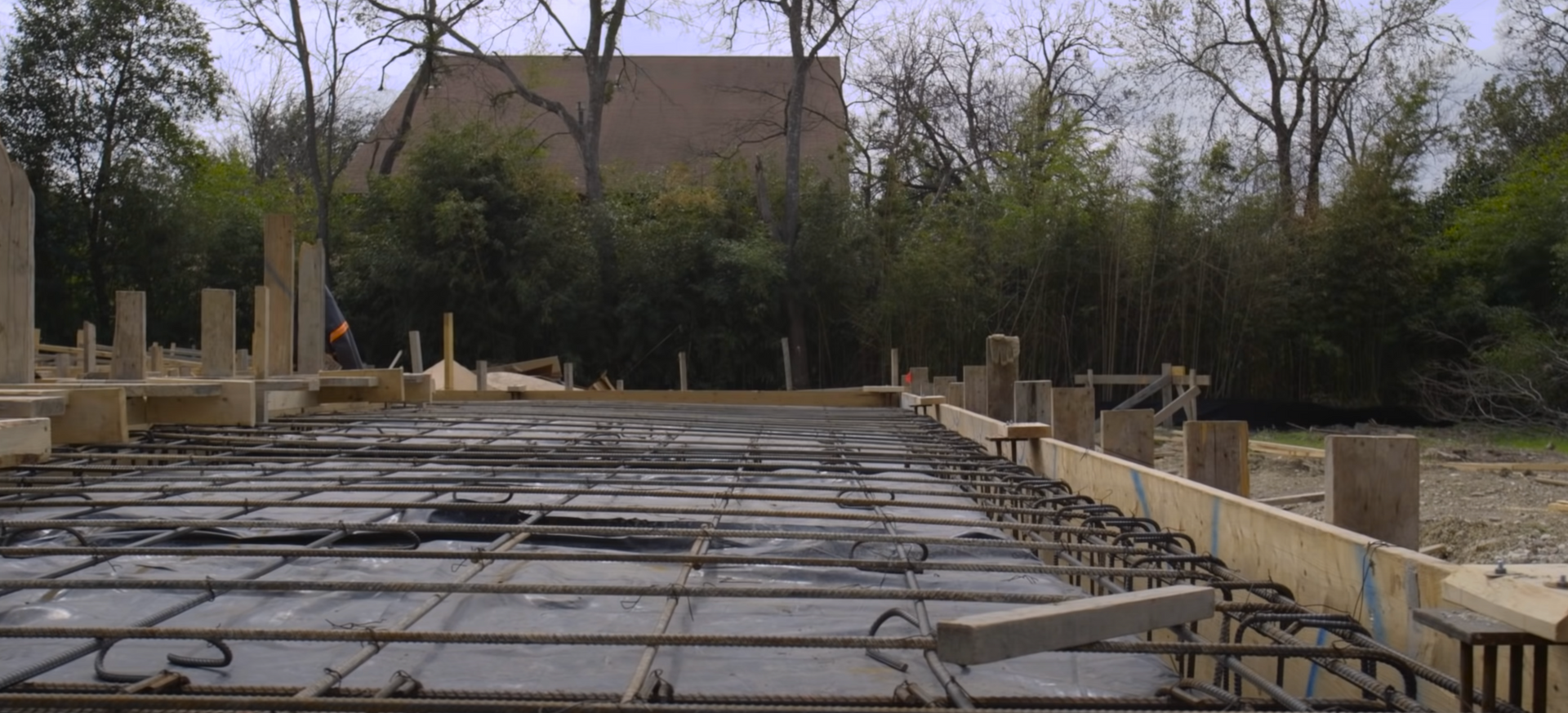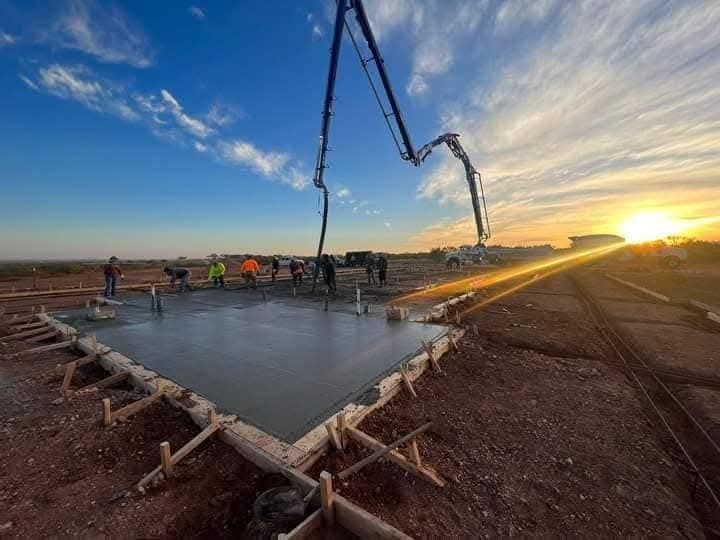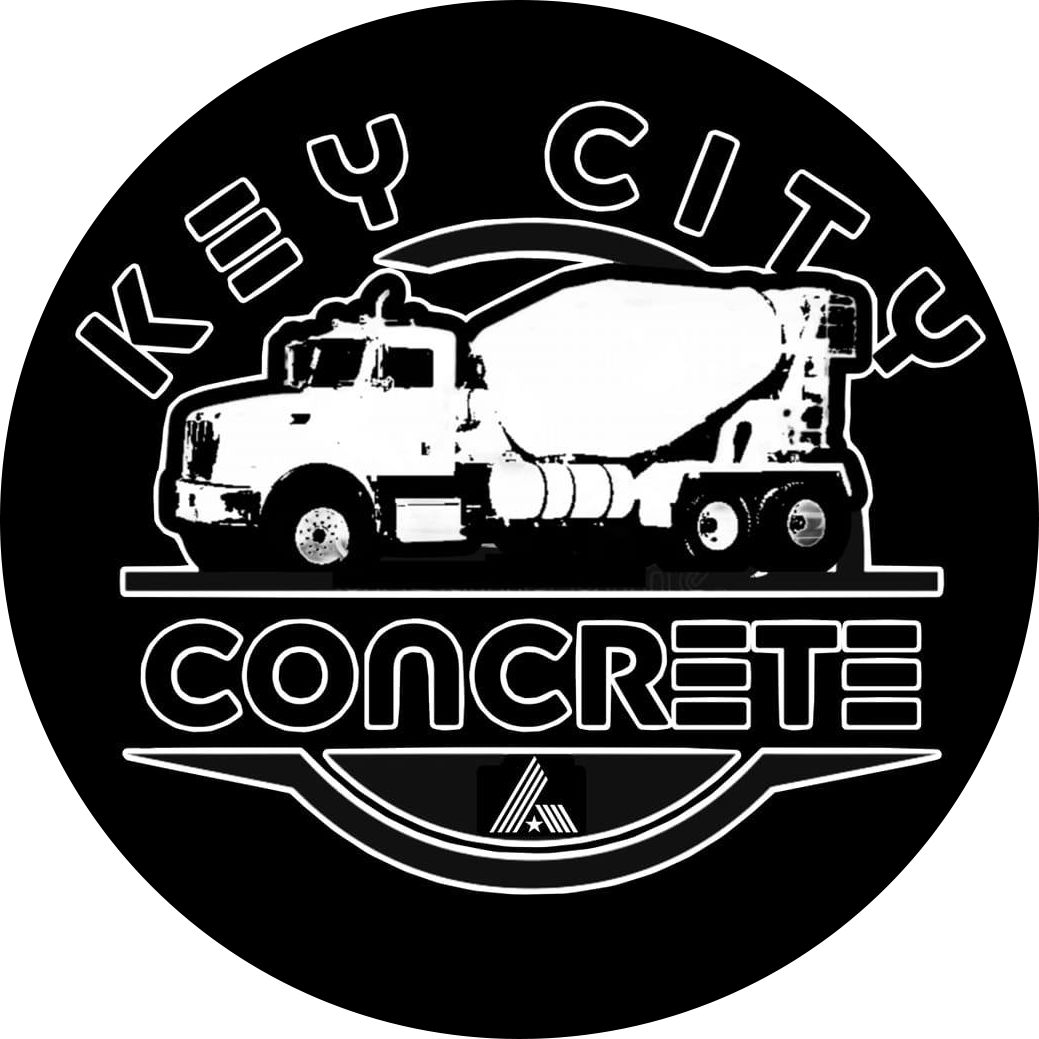Prevent Tripping Hazards with Durable Concrete Walkways
Have you ever tripped on a cracked or uneven walkway? It’s not just frustrating—it can be dangerous. People get hurt every year from simple trips and falls, especially on old or poorly built paths. If you have kids, older family members, or guests walking around your home, this is something you want to avoid. That’s why strong, well-built concrete walkways are so important.
In this post, we’ll explain how concrete walkways help prevent accidents, what signs to look for if yours needs repair, and how to build a walkway that lasts.
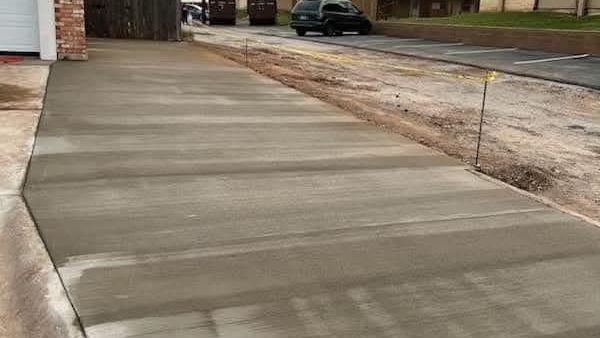
Why Tripping Hazards Are a Real Problem
Cracks, lifted edges, and uneven paths are more than just an eyesore. They can cause serious falls.
People most at risk include:
- Kids playing or running
- Seniors with balance issues
- Guests or delivery workers who aren’t familiar with your yard
If someone falls on your property, it could lead to injuries and even legal trouble. Fixing walkways early helps avoid these problems.
How Concrete Walkways Help Prevent Trips and Fal
Concrete is one of the safest materials for outdoor paths.
Here’s why:
- It creates a smooth and flat surface
- You can add texture for grip
- It doesn’t shift or sink like loose gravel or pavers
- You can shape it to guide people safely from one area to another
Concrete walkways give you peace of mind, especially in wet or dark areas.
Signs You Need to Repair or Replace Your Walkway
Sometimes you can fix small problems. Other times, it’s best to start fresh. Here’s what to watch for:
- Big cracks or chunks missing
- Uneven slabs or tripping edges
- Water that pools on the walkway
- Slippery surfaces when it rains
- Narrow or worn-out paths
If you see these signs, it’s time to call a professional.
What Makes a Concrete Walkway Durable?
Not all walkways are the same. A strong walkway depends on:
- A solid base underneath
- Reinforcement, like rebar or mesh
- Concrete mix that matches your weather
- Good slope so water drains away
- A finish that adds grip and protection
If you’re planning any major concrete work, especially in areas like walkways, patios, or even larger structures, it’s smart to learn how to
avoid costly mistakes early—like choosing the wrong foundation for your land. That way, you won’t waste time or money fixing major problems later. When installed the right way, a concrete walkway can last over 30 years.
Design Tips for a Safer Walkway
You don’t have to choose between safety and looks.
Here’s how to get both:
- Make paths at least 4 feet wide
- Use curves instead of tight corners
- Choose a broom or textured finish for a better grip
- Add lights along the sides
- Keep a slight slope to move water away
These small changes make a big difference in how safe your walkway feels.
Benefits of Concrete Over Other Walkway Materials
There are many materials to choose from, but concrete stands out for a few key reasons:
- It’s more durable than gravel or mulch
- It doesn’t shift like brick or pavers can
- It needs less upkeep and lasts longer
- It works well with most yard designs
Concrete walkways are a smart choice for anyone looking for something that’s safe and long-lasting.
When to Schedule a Walkway Inspection
Even if your walkway looks okay, it’s a good idea to get it checked every few years. Here’s why:
- A professional can spot small issues before they turn into big problems
- They check for cracks, uneven areas, and water damage
- They make sure water drains properly and doesn’t cause slips
- They confirm the surface is still safe to walk on
- They can recommend if a repair or full replacement is needed
Routine inspections can save you money and help keep everyone who visits your home safe.
How Weather Affects Walkway Safety
Weather plays a big role in how safe your walkway is.
Here’s how different conditions can affect it:
- Extreme heat (like in Texas) can cause concrete to expand and crack over time
- Rainy seasons can lead to poor drainage, making walkways slippery
- Freezing temperatures can create surface cracks if water gets inside and freezes
- Humidity can cause mold or mildew to grow on the surface, making it slick
That’s why it’s important to build walkways with the local climate in mind. The right materials and slope help your walkway hold up no matter the weather.
Choosing the Right Contractor for Your Walkway Project
Not all contractors are the same. You want someone who understands local soil conditions, weather, and safety codes.
A good contractor will:
- Provide a clear estimate
- Use high-quality materials
- Offer a warranty on the work
- Have experience with both repairs and new installations
Ask for references and look at past work before hiring.
How Concrete Walkways Add to Property Value
Aside from safety, a clean and durable walkway boosts your home's curb appeal. Buyers notice cracked or slanted paths, and that can hurt your home’s value. A new concrete walkway shows that the home is cared for and safe to walk on.
Well-designed walkways can even connect different parts of your yard, like the driveway, garden, and front porch, making your outdoor space feel bigger and more connected.
Frequently Asked Questions
What causes concrete walkways to crack?
Cracks happen from shifting soil, tree roots, or water damage. A good base and proper slope help stop this.
How long does a concrete walkway last?
Most walkways last 25 to 30 years. Sealing it and doing small repairs can make it last even longer.
Can I repair an uneven walkway without replacing it?
Sometimes yes. Small problems can be fixed with patching or leveling. Bigger problems may need new concrete.
Is a textured finish better than smooth?
Yes. Textured surfaces like broom finishes give better grip, especially in the rain.
Do I need a permit to build a walkway?
In some cities, yes. It depends on where you live and how big the walkway is.
How much does a concrete walkway cost?
Most cost between $6 and $12 per square foot. The final price depends on size, design, and prep work.
Keep Your Family Safe with Help from Key City Concrete
If your concrete is old or cracked, now is a great time to fix it. You’ll avoid accidents and make your home look better, too.
Key City Concrete builds strong, safe concrete walkways that last. Want a quote or need help? Contact Us today to get started.
